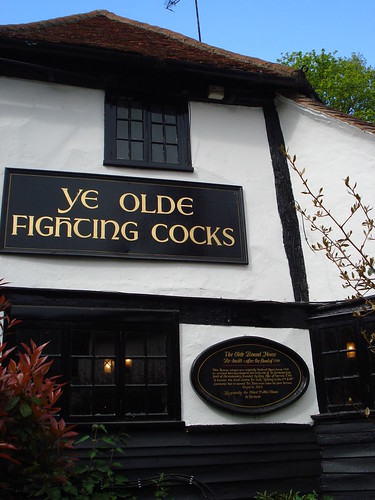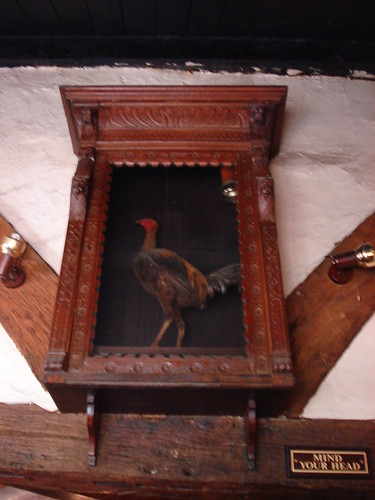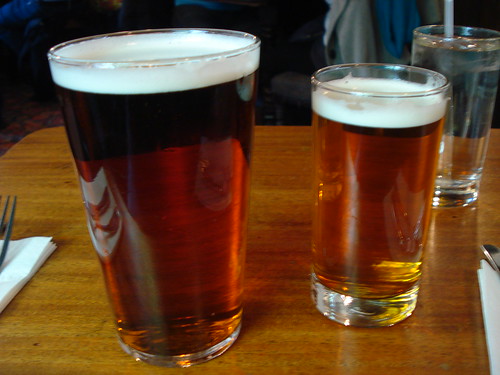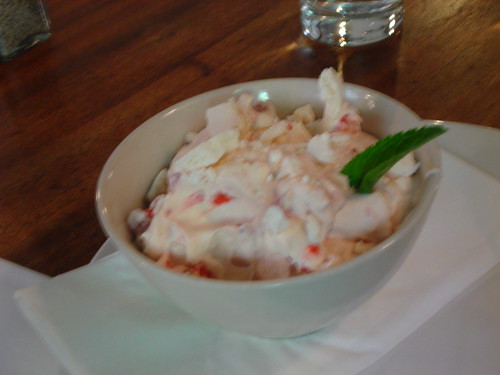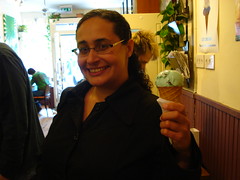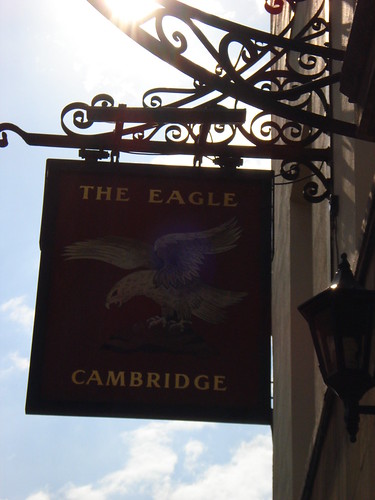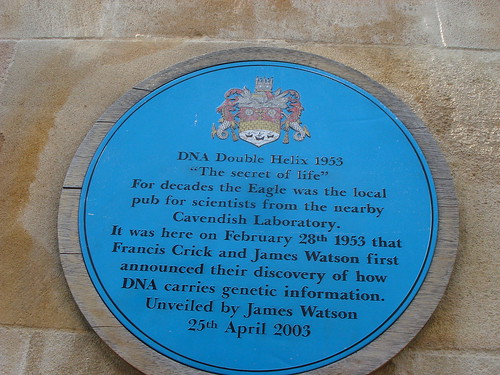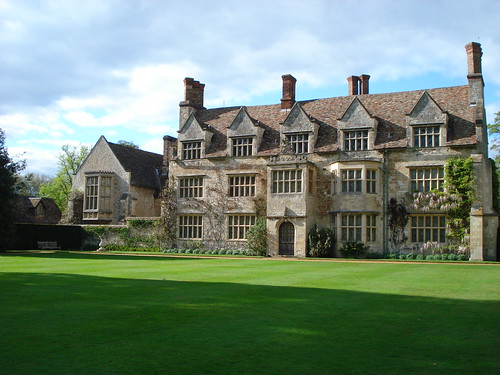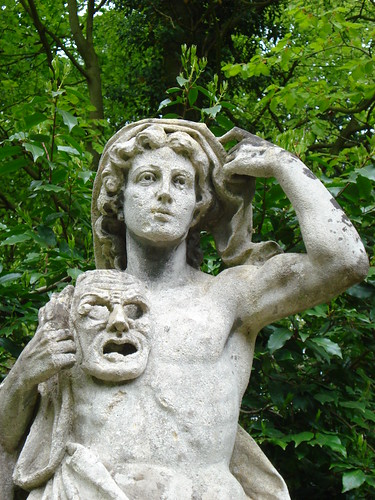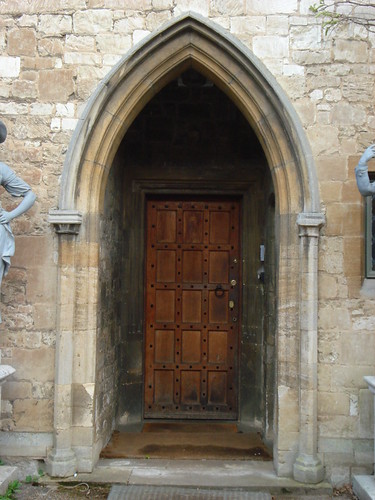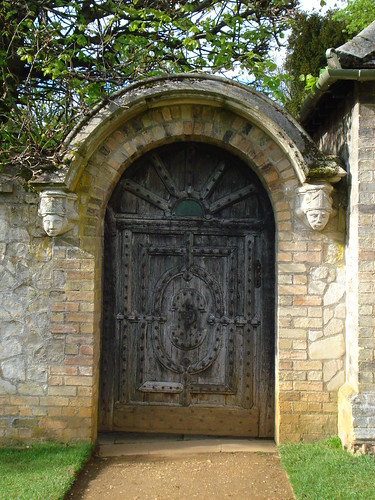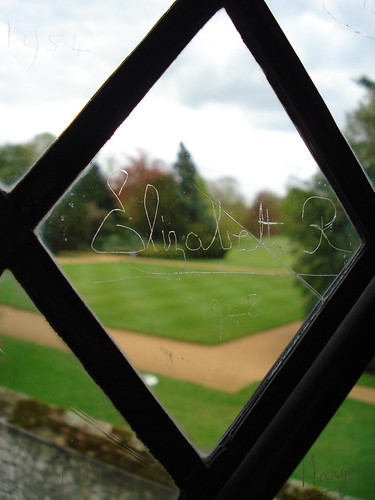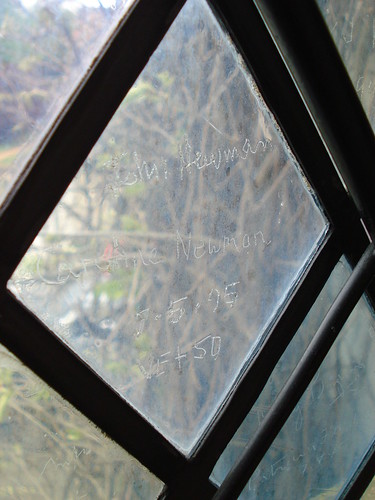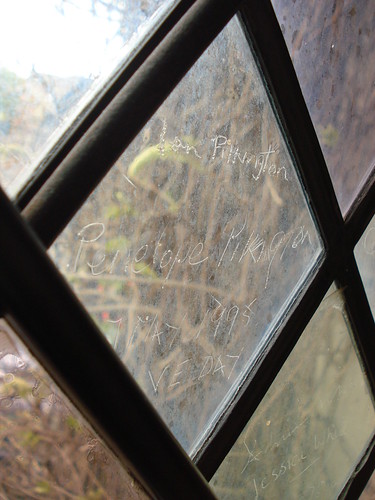My time in Cambridge was pretty brief, but I truly fell in love with the place while I was there. When I pulled into town on the National Express bus the sunny spring morning of my flight from Zambia, I was amazed at how much I felt at home immediately. It's no wonder, really, since it is an "ancient" college town (at least by American standards). Since it was established in 1209, it is more than 600 years older than U of M. We just don't have insitutions in the US that are that old. To quote Eddie Izzard: "I grew up in Europe, where the history comes from. Oh, yeah. You tear your history down, man! “30 years old, let's smash it to the floor and put a car park here!" I have seen it in stories. I saw something in a program on something in Miami, and they were saying, "We've redecorated this building to how it looked over 50 years ago!" And people were going, "No, surely not, no. No one was alive then!". Surely not...and they were definitely not housing insitutions of scientific thought, and certanly not 900 years ago, either.
The city stole my heart immediately. I took a lot of pictures, and I think that buildings like these are really best represented in black and white.
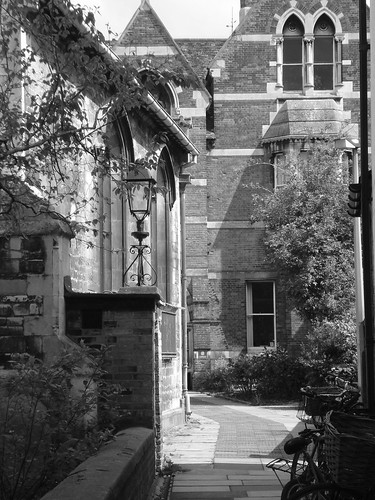
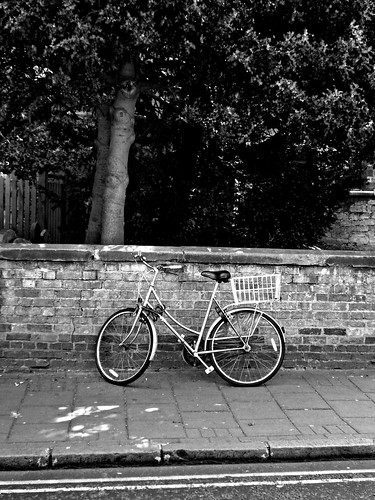
As a college town, with lots of students without cars, and many narrow streets, alleys, and pedestrian pathways where cars aren't allowed, or just won't fit, many people rely on bikes to get around. In fact, Cambs is pretty much known for its bikes:
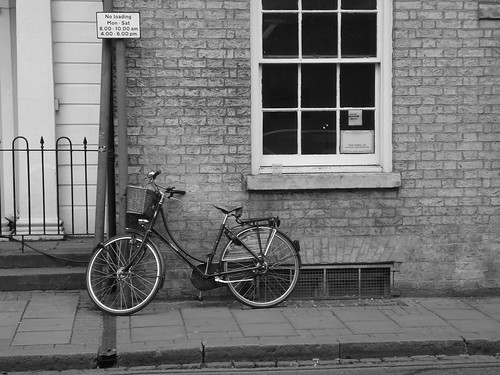
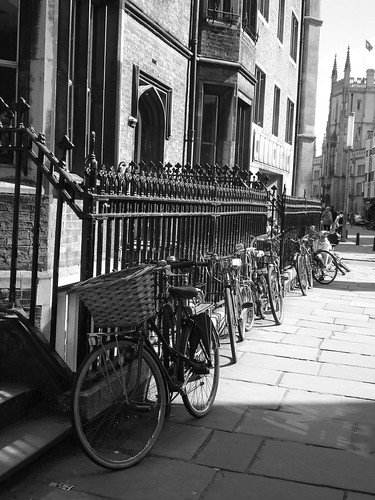
The towers of the Great St. Mary's (GSM) Church. Staff must live within 20 miles from the Church, and undergraduates must live within 3 miles. It is home to the Cambridge University Organ, and the University Clock (pictured below).
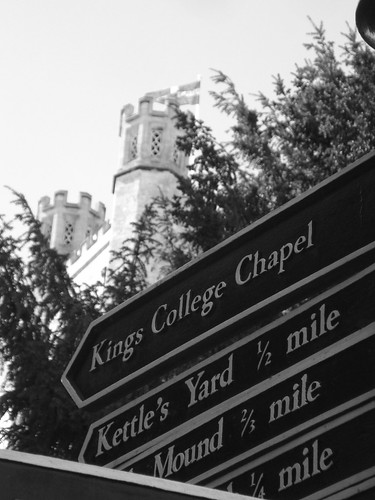
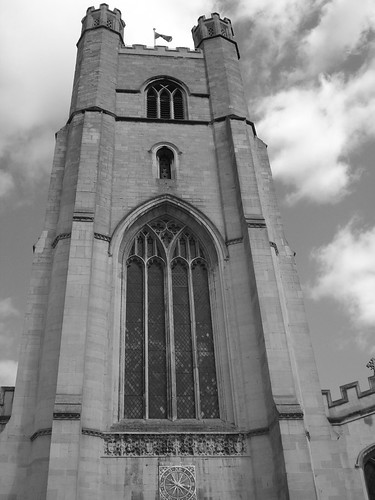

The Cambridge University Clock (on GSM). The Bell tower pictured above houses the bells for this clock.

Though the University itself was founded in 1209, it is comprised of several colleges (I think we would call them schools) with different founders, and varying specialities. Keng Henry VI founded The King's College in 1441. It was intended to be a college for the boys of Eton College (remember the Eton Mess from my last post?). It wasn't until 1865, that the first non-Etonian student began his studies at KC.
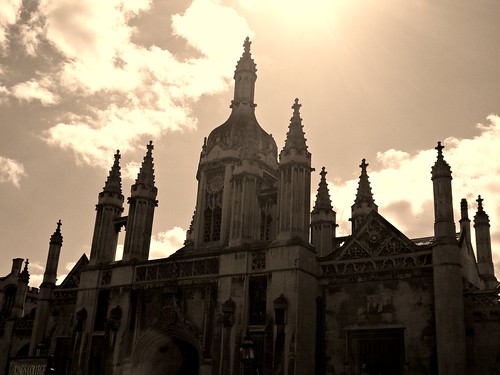
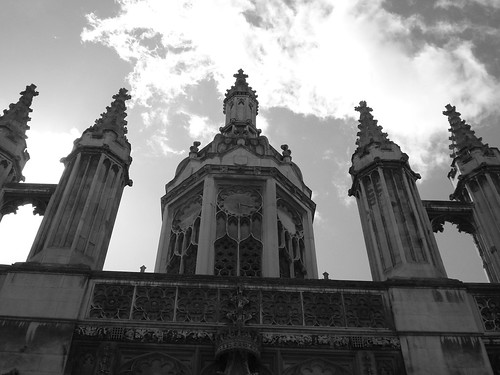
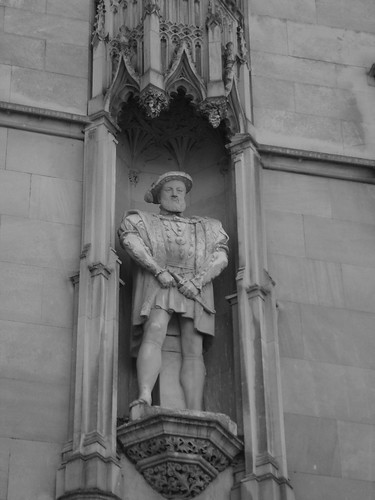
I thought the Buildings were really beautiful, and enjoyed an entire afternoon, milling about, and looking at the buildings while savored a lovely afternoon tea complete with scones, clotted cream, and proper lemon curd.
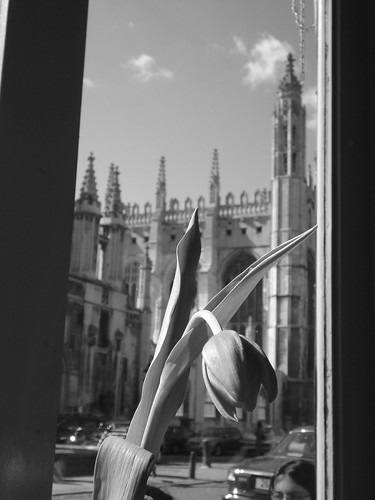
...and also now some other buildings:

St. Botolph's church:
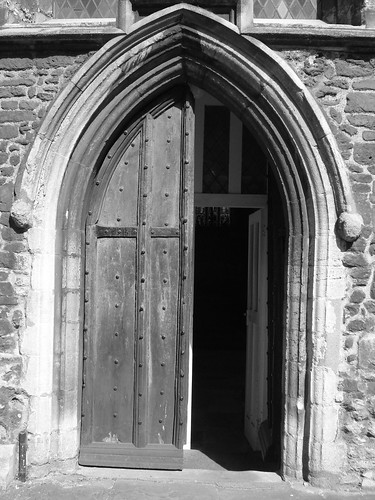
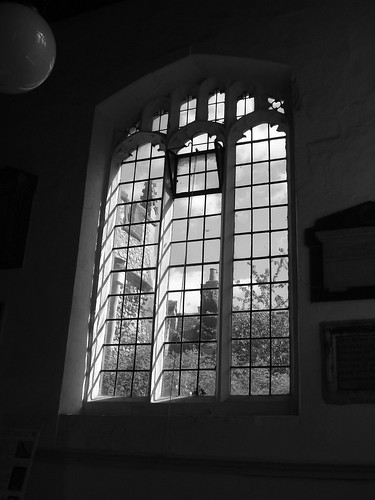
Many of the schools have gates with keepers (dressed in robes like in Harry Potter), and I wasn't allowed inside the grounds of the individual colleges. But I enjoyed glimpsing them, and trying to peek inside where I could:
St. John's College Church
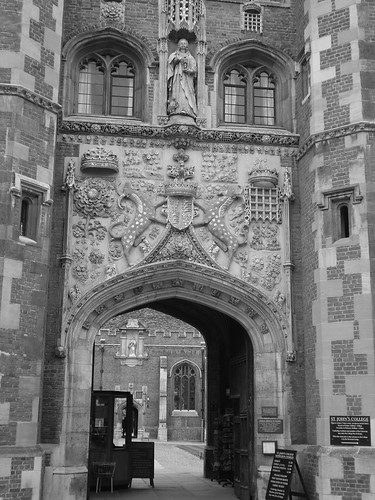
And finally, a place that cemented in my mind that we really don't know anything about good candy in the US:

I LOVED this place. Mr Simms Olde Sweet Shoppe had so many tasty candies, licorice, bonbons, gum balls, gummy candies (my favorite!), boiled candies, and jars of wonderfulness I couldn't believe my eyes.
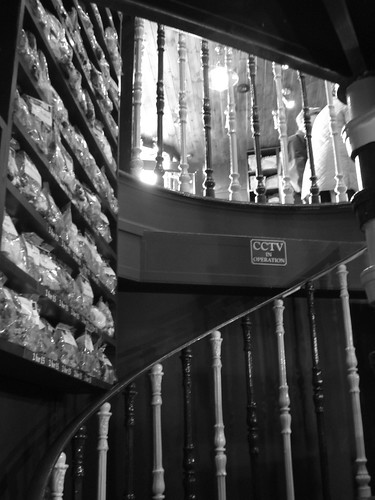
I think I spent 2 hours in there reveling in multiple levels of floor-to-ceiling sweets. I ultimately came away with about 8GBP of candy that only took me about 15 minutes to eat. I tried to savor it, but I just couldn't. I <3 candy. :)




